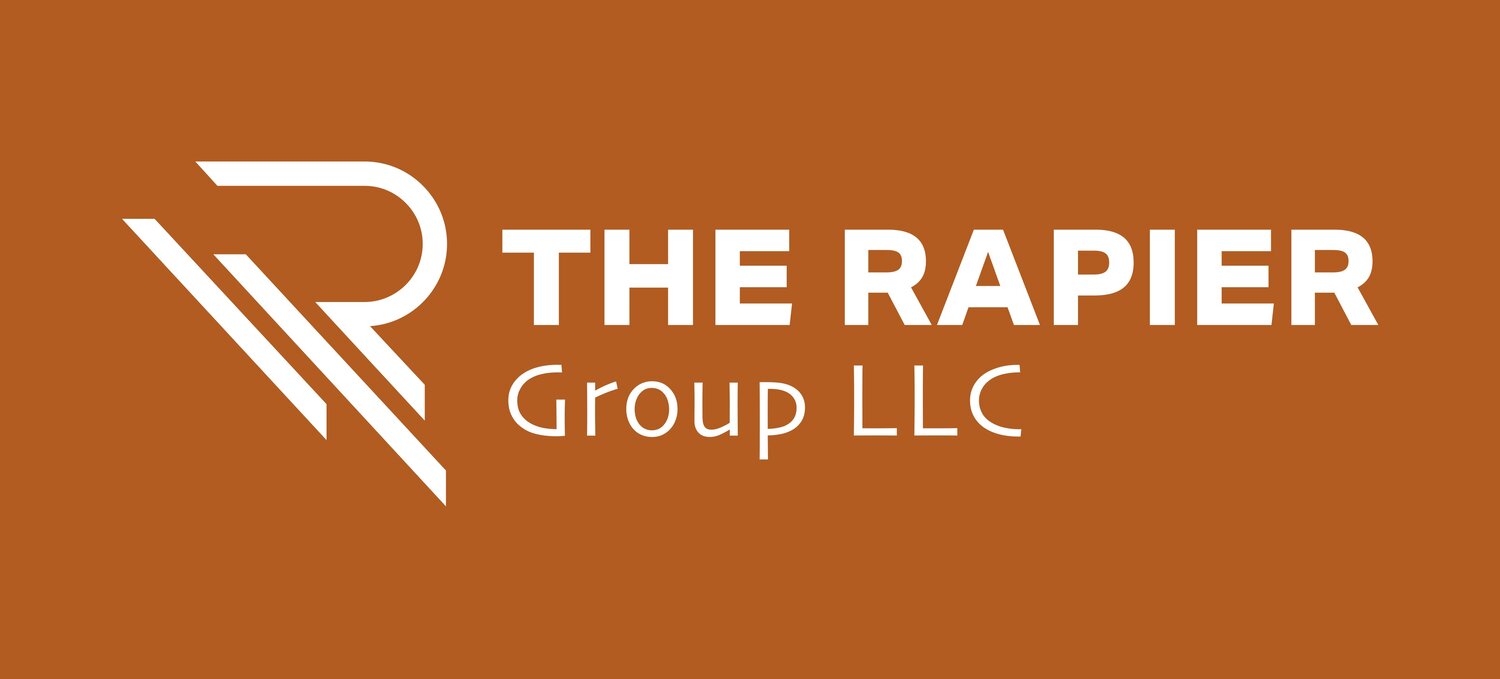Platform Strategy, Open Source Tech, and Enterprise Systems Architecture
In the not too distant past, Enterprise Systems Architecture was defined by a few core enterprise software platforms organized in a hub and spoke model. Data moved through core applications such as Finance, Human Resources, and Manufacturing. Special purpose applications were attached to these cores to provide extended capabilities in critical areas.
Today’s applications environment is likely to bring the end of the idea of core enterprise applications as we knew them. The increasing maturity of cloud applications (SaaS) and open source technology is allowing us to assemble applications portfolios based on capabilities without having to support components with limited value. This decentralized model has several implications for applications architecture because the hub and spoke model sets well-defined boundaries for how transactions are processed and how data is shared outside of your organization.
With the explosion of cloud services, you can now purchase virtually all your IT requirements on a subscription basis. You can mix and match providers for infrastructure, network, software, and development platforms based on your specific needs. Adopting a comprehensive cloud strategy erases the boundaries between you and the outside world. This puts pressure on IT in several areas.
RPA and AI – As the number of systems increases, the need to automate processes and integrations grows exponentially. Robotic Process Automation is needed to move data between systems as it is received, often to multiple targets. AI allows new data types or values to be processed without the need for manual configuration changes.
Data Integration and Analytics – Understanding where your data is at any point in time becomes more complicated. Whether it is at rest or in transit, you must be able to analyze your data to manage your business. The same question can result in multiple answers depending on the data source selected. The maddening thing is that each of the answers is technically correct. Asking the right questions is the challenge.
Security – With your information in multiple places, properly securing each component and the data transmission paths is much more difficult. You must secure what is yours to protect and validate that others are properly securing your data when it is in their custody. The individual components need to be managed, and the overall ecosystem also needs to be protected.
Governance – The number of products and solution providers is always increasing, and the potential value they offer is fantastic. Bringing in new or replacing existing technology requires careful analysis to ensure that the expected business outcomes are achieved.
These are exciting times because the possibilities are limitless.
Related Reading
MIT Sloan - Platform strategy, explained
Wired - The Future of American Industry Depends on Open Source Tech
The Verge - What is edge computing?
MIT Sloan - MIT expert recaps 30-plus years of enterprise architecture
The Open Group – Enterprise Agility Through Enterprise Architecture
CIO - What is enterprise architecture? A framework for transformation


